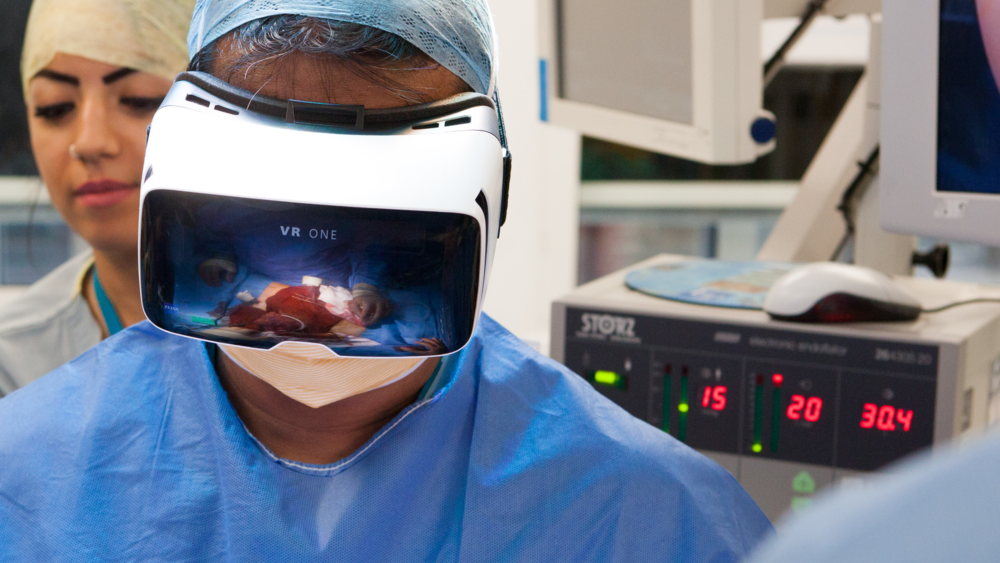Nowadays, Virtual Reality is omnipresent in the worlds of gaming and amusement, but the opportunity for VR to change many areas of healthcare is boundless. So what are the advantages of VR in the healthcare? The list of advantages is ongoing, but here are some examples:
First there is the VR medical training. Medical students can perform ‘hands on’ techniques, but in a safe and controlled environment. They are allowed to make mistakes without any risk to the virtual patient they are working with. As a result, they will obtain skills in which they can apply to the real world.
Next, the medical VR helps chronic patients relaxing. With the special goggles, it is possible to let the patients view different things, letting them escape from the boring hospital for a while. They can, for example, choose to visit some amazing landscapes in Japan, or swim together with dolphins in the deep blue ocean. This does not only improve the hospital experience, but it also lowers the costs of care.
Another advantage is pain management. For example, a study from the University of Washington has shown that a VR video game helps distracting burn victims from their pain. In the game, they have to throw snowballs at penguins while listening to a song of Paul Simon. According to some military soldiers with burn injuries, the game works even better than morphine.
Overall, VR in the healthcare is still very new in terms of breakthrough treatment paradigms and extensive medical adoption and use. Only through lots of designed and controlled human trials will help the innovators in this field providing evidence for medical efficacy. Together with deep learning, artificial intelligence and big data analytics, the future looks very interesting.
Sources:
http://frogdesign.com/techtrends2016/
http://www.vrs.org.uk/virtual-reality-healthcare/advantages.html
http://medicalfuturist.com/5-ways-medical-vr-is-changing-healthcare/
http://www.techrepublic.com/article/10-ways-virtual-reality-is-revolutionizing-medicine-and-healthcare/


